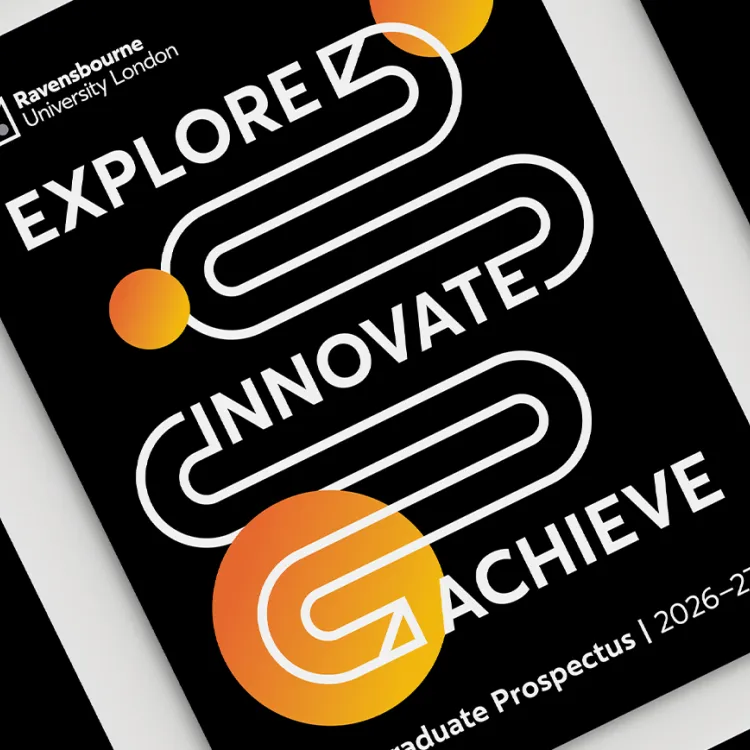Concept and creative process
‘Treble Top’ was a BBC2 programme showcasing three of the best animated shorts that had recently won awards at international festivals. Rob Hifle and John Durrant were commissioned to design and direct the title sequence and took their cue from the witty programme title and its association with the sport of darts and conceived an original scenario for the sequence. The animated feature film ‘The Secret Adventures of Tom Thumb’ was being produced at the time at the Bolex Brothers studio in Bristol. Rob and John not only managed to recruit the star of that film, Nick Upton, to be their leading man, but were able to use the studio and all of its equipment for the shoot, including a vision mixing device which enabled video control and analysis of the stop-motion moves from frame to frame. The sequence was filmed on 35mm film using a combination of stop-motion and pixellation. Pixellation is a technique which uses live actors posed and shot frame by frame. It was hard on actor Nick Upton because he could not drop his concentration or leave the set until the long take was finished. It was all shot in one take and took the majority of the day. All of the darts were filmed stop-frame animation, supported in flight by rigs, having first filmed a beauty pass (a clean shot) of the background. This enabled Rob to paint out the rigs and replace the background in digital post-production on a Quantel Henry. The dart that passed through the actor’s ear and out the other side was shot by removing and replacing sections of the model dart, so that it appeared to pierce the ear and disappear inside, before re-emerging in sections from the other ear, where the support rig again took over the whole dart. The final dart, landing in between the other two on the top spot above the ‘Treble Top’ logo design, was achieved in the same way.
